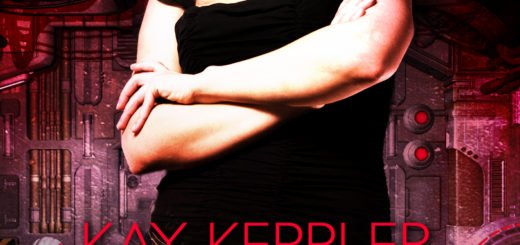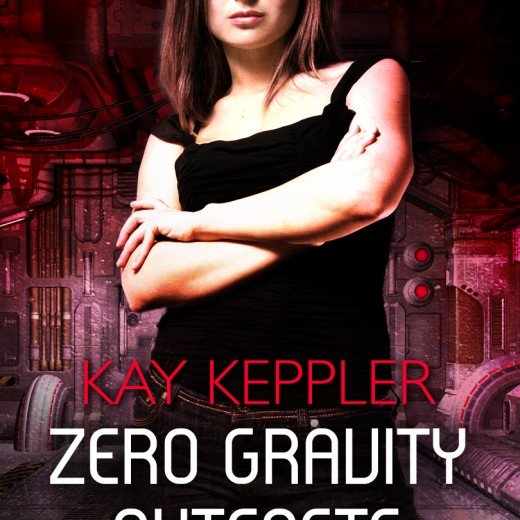Defining Your Hero
Welcome to the Writer’s Fun Zone and to the next installment of craft posts by new monthly guest columnist, Kay Keppler. Today she’ll share with us how to define your hero. In the months ahead, we’ll be talking about character, plot, setting, scene, structure, and — maybe — grammar. You can contact Kay here or at kaykeppler@yahoo.com to ask questions, suggest topics, or tell her she’s off her rocker. (She let me say that!)
***
All stories need heroes.
Whether your “hero” is a man or a woman, an alpha type or a beta, a child, an adult, or a dog, your story is about someone who’s out of the ordinary. And it’s your job to persuade your readers that your hero is worthy of their time.
In the old days, the very old days, the Greeks and Romans wrote heroes with a capital “H” — epics featuring warriors, gods, kings and queens — but ordinary people were buffoons, the stuff of comedy.
As time rolled on, the idea of who could be a hero changed, so that by the 1940s or so, not only could the “hero” be an ordinary person, the hero could have flaws of such magnitude that they could be anti-heroes.
Many stories are still written with kings and warriors as heroes, of course, and many heroes are more of the “anti” variety.
Whatever story you plan to write—a family saga, romance, thriller, science fiction civil war epic, or something else—and whatever tone you choose to adopt—dramatic, comedic, or something in between—your hero must fit the context of the story. And he or she must be believable yet interesting, ordinary yet unusual.
Contradictory, much?
Every kind of story has room for a Heroic (in the Greek sense) hero.
Family sagas like Dynasty, thrillers like the Mission Impossible or the James Bond franchises, romances like Gone with the Wind all have larger-than-life heroes. And most readers or viewers can find something about those characters to identify with.
The rags-to-riches wife of a smart businessman, the go-for-broke patriotic spy, the riches-to-rags wife of a smart businessman.
Whether it’s the struggle or the success, readers and audiences connect with these characters.
Are the constant tantrums and shoot-outs not your cup of tea?
Spy stories don’t all have to be told with flash-bang action. Think of John LeCarre’s quiet spy, Smiley. LeCarre writes with just as much tension as the MI6 guys, but with a whole lot less of C4.
Similarly, think Downton Abbey as family saga, Sex and the City or Grey’s Anatomy as romance stories but with more “realistic” treatments.
(As for a realistic science fiction civil war epic, you’re on your own.)
That Heroic characters will achieve great things goes without saying.
But even in more “realistic” stories, readers expect greatness from the heroes, even if that greatness isn’t flashy.
Readers like characters who are at least superficially like themselves—the characters with phobias, in-laws, lousy jobs, and neurotic pets. But readers won’t stick with a book where the characters are too everyday. The hero may look like an ordinary person on the outside, but that appearance must be deceiving. However quiet and unassuming, underneath the guise of commonality, the hero must always be heroic.
That’s because readers don’t want their reading experience to be like real life.
They’ve got real life. What they want is to learn something new, feel something different, or gain insight into something they know.
When readers read comedy, they want to see that (and how) the hero can laugh in the face of disaster.
When readers pick up a drama, they see heroes who demonstrate what has value and meaning in a seemingly random universe.
The hero in any kind of story leads by example, and if readers are to follow that hero to the place you as the writer want them to go, your readers have to trust that character, believe in him or her, and know that your hero has the chops to get the job done, whatever that job is.
Your readers have to like, respect, and admire your hero, whoever he or she or it is.
They have to be able to identify with him or her, however you choose to draw that character and in whatever situation you place him or her.
And you have to make your readers believe.
Even if you’re making it all up.
***
 Kay Keppler (www.kaykeppler.com) is an author (Betting on Hope, Loving Lucy) and editor of fiction and nonfiction (Asylum Harbor, Pragmatic Guide to Sass) who lives in northern California. Thanks to Orson Scott Card and his book Characters & Viewpoint (Writer’s Digest Books) for help with this column. Contact her through her site or at kaykeppler AT yahoo DOT com to ask questions, suggest topics, or if you prefer, complain.
Kay Keppler (www.kaykeppler.com) is an author (Betting on Hope, Loving Lucy) and editor of fiction and nonfiction (Asylum Harbor, Pragmatic Guide to Sass) who lives in northern California. Thanks to Orson Scott Card and his book Characters & Viewpoint (Writer’s Digest Books) for help with this column. Contact her through her site or at kaykeppler AT yahoo DOT com to ask questions, suggest topics, or if you prefer, complain.







